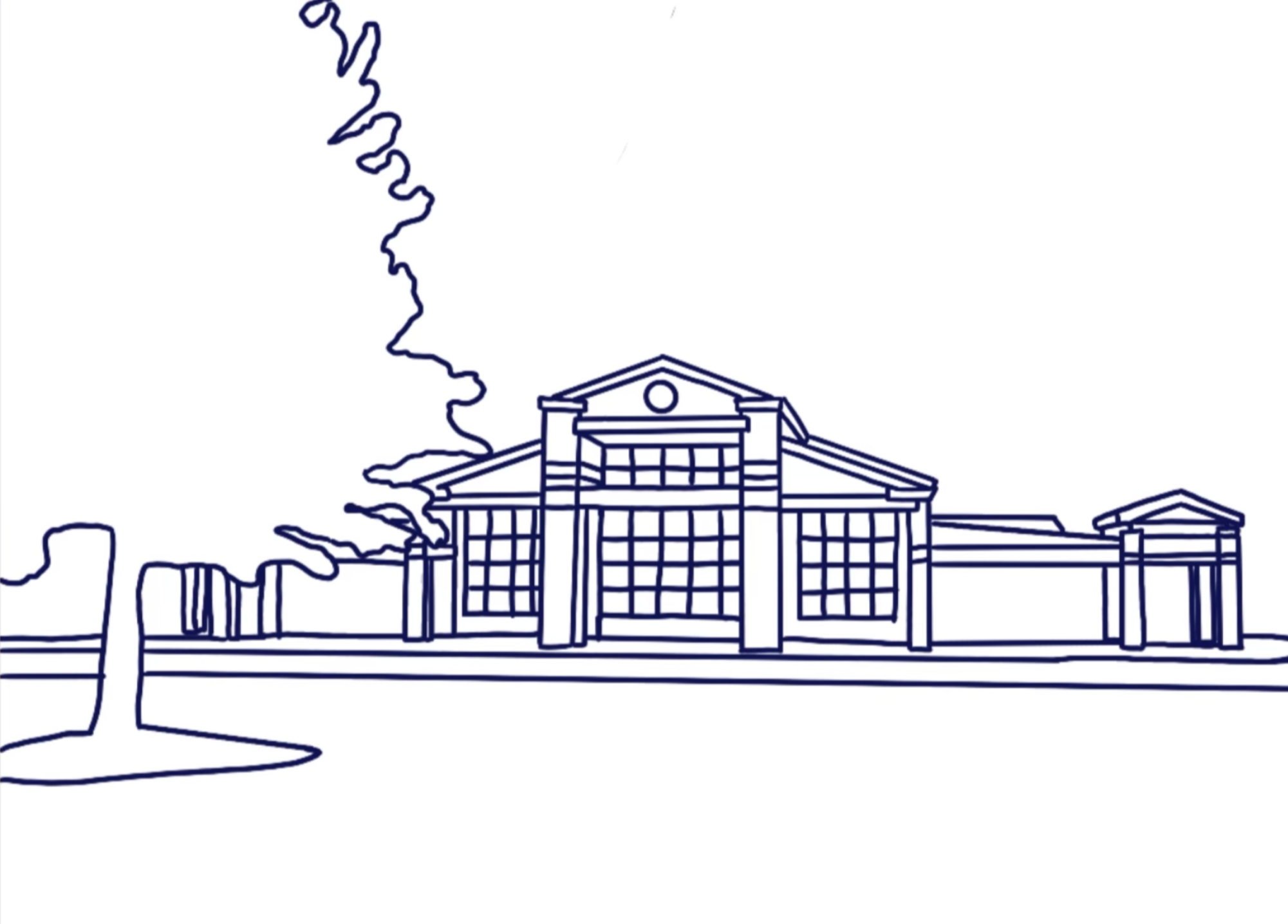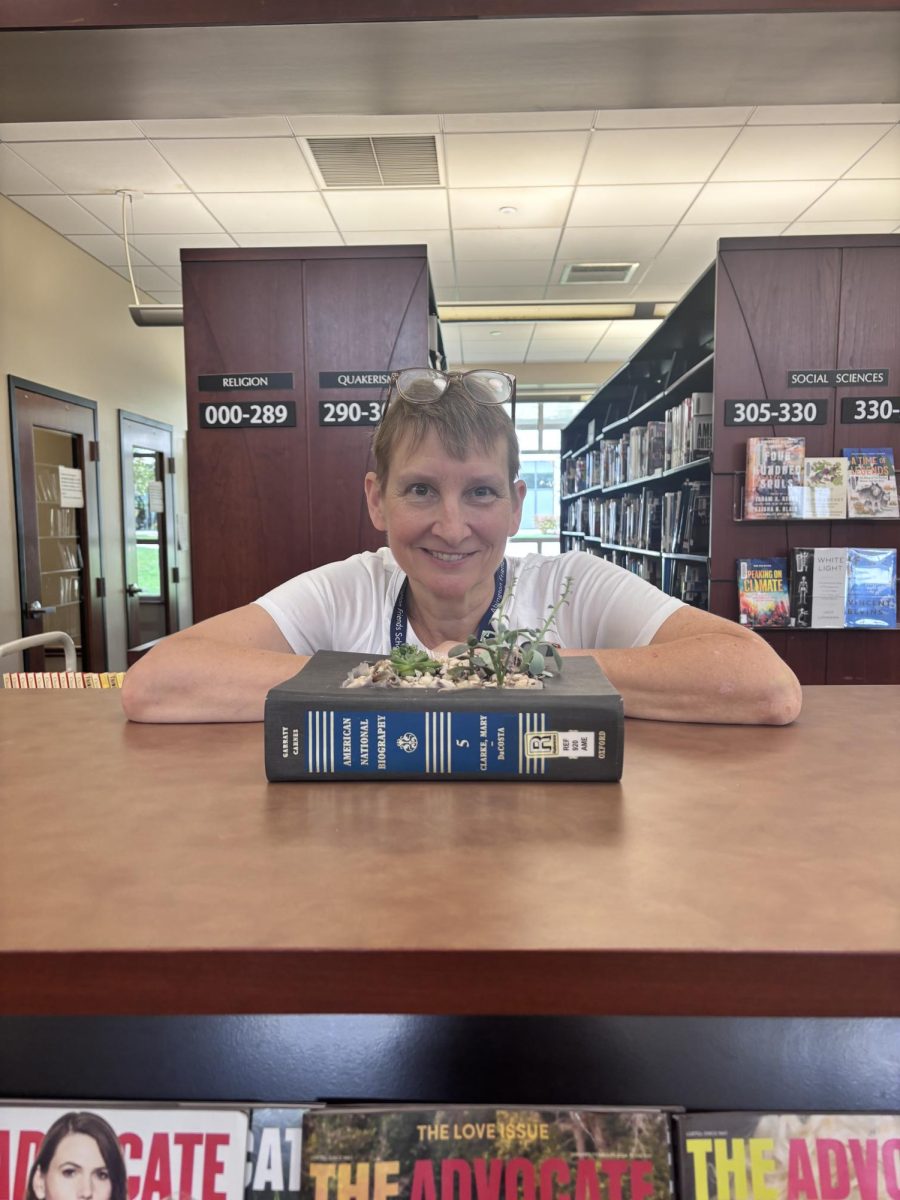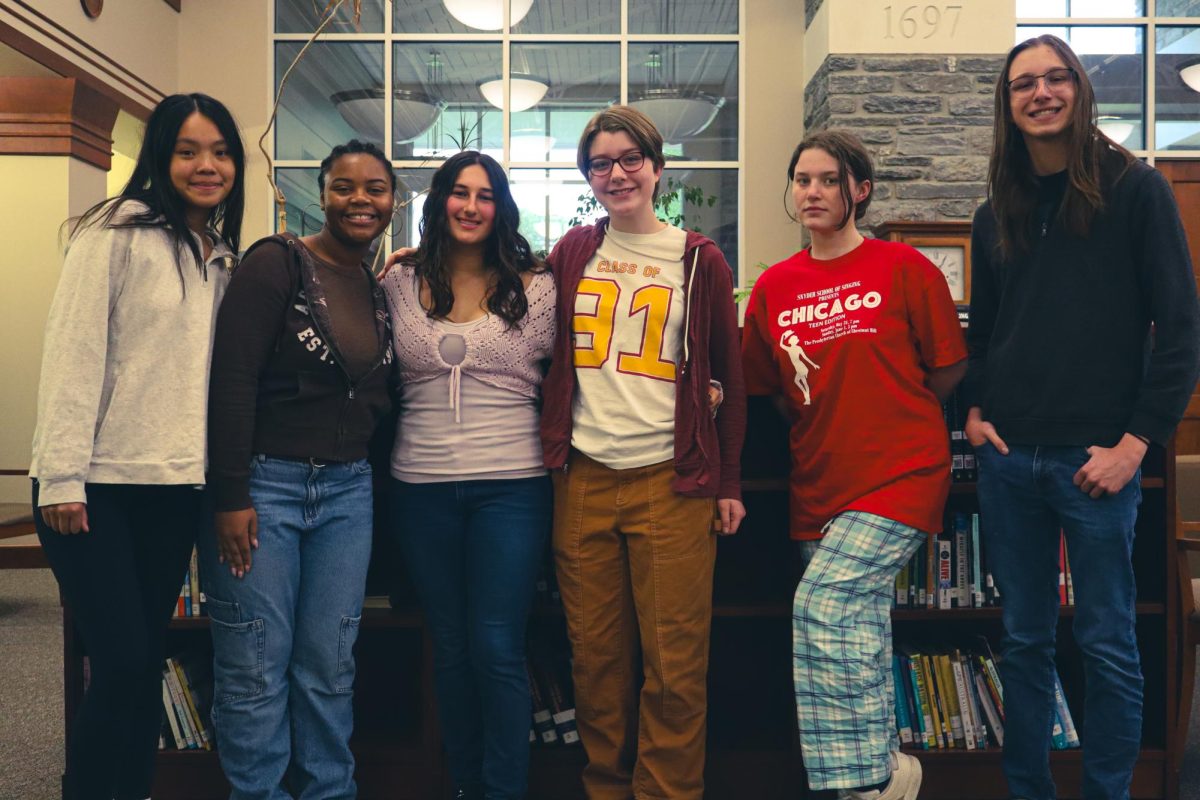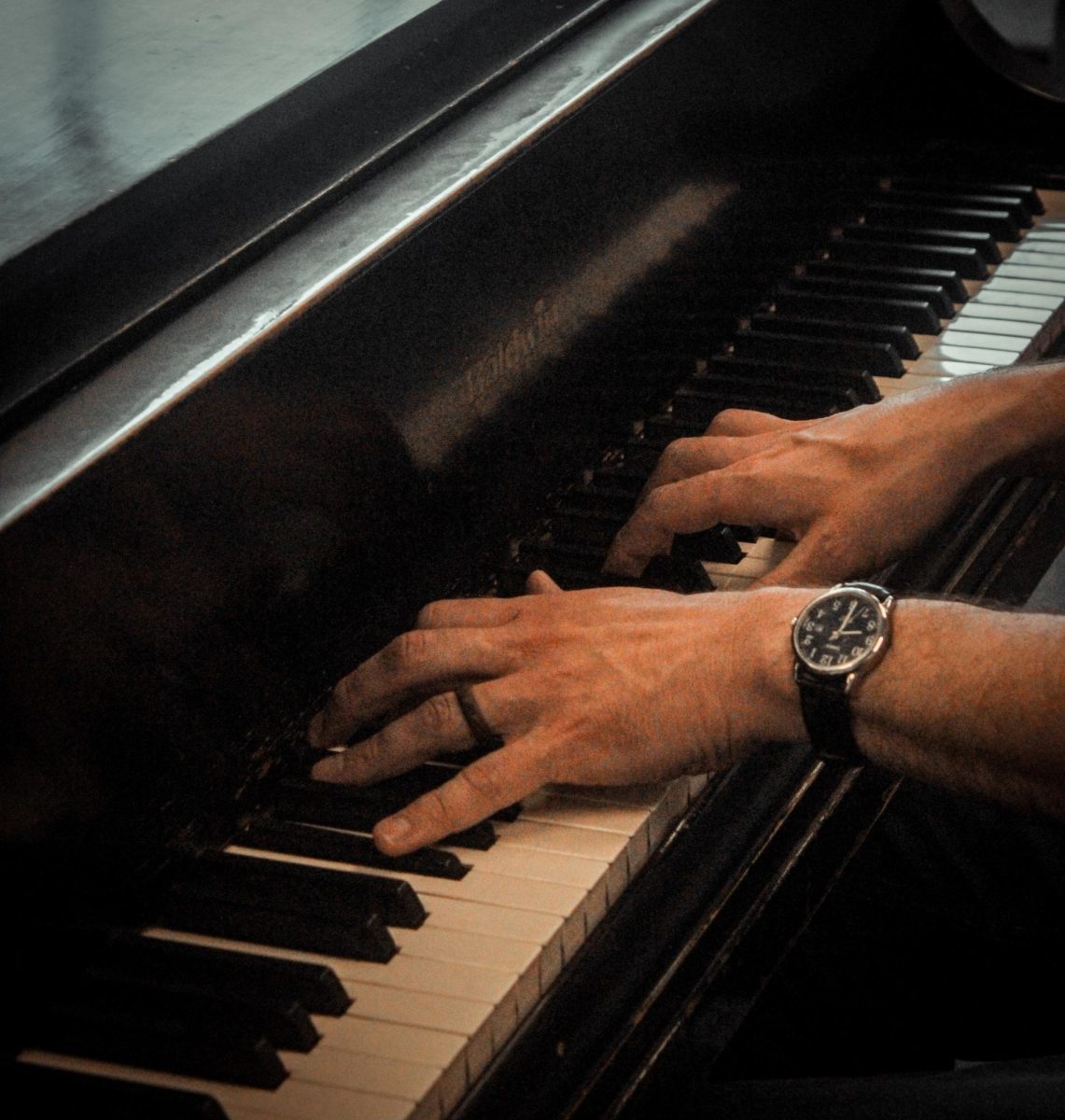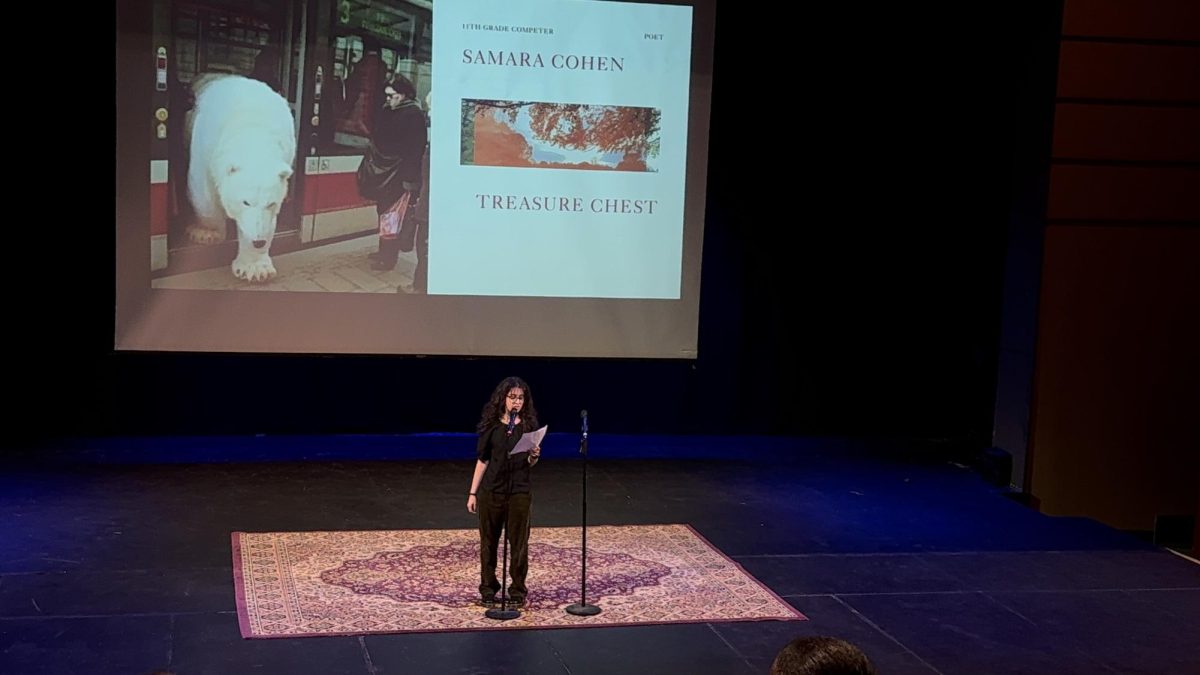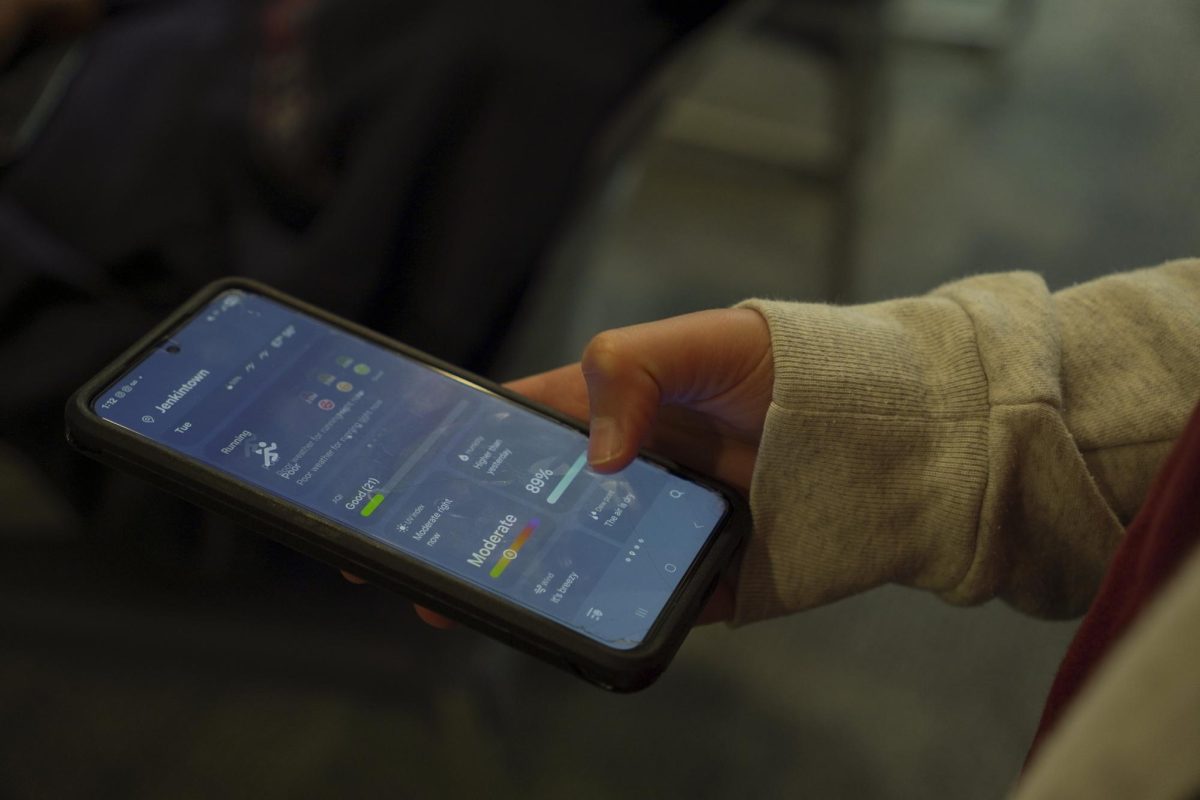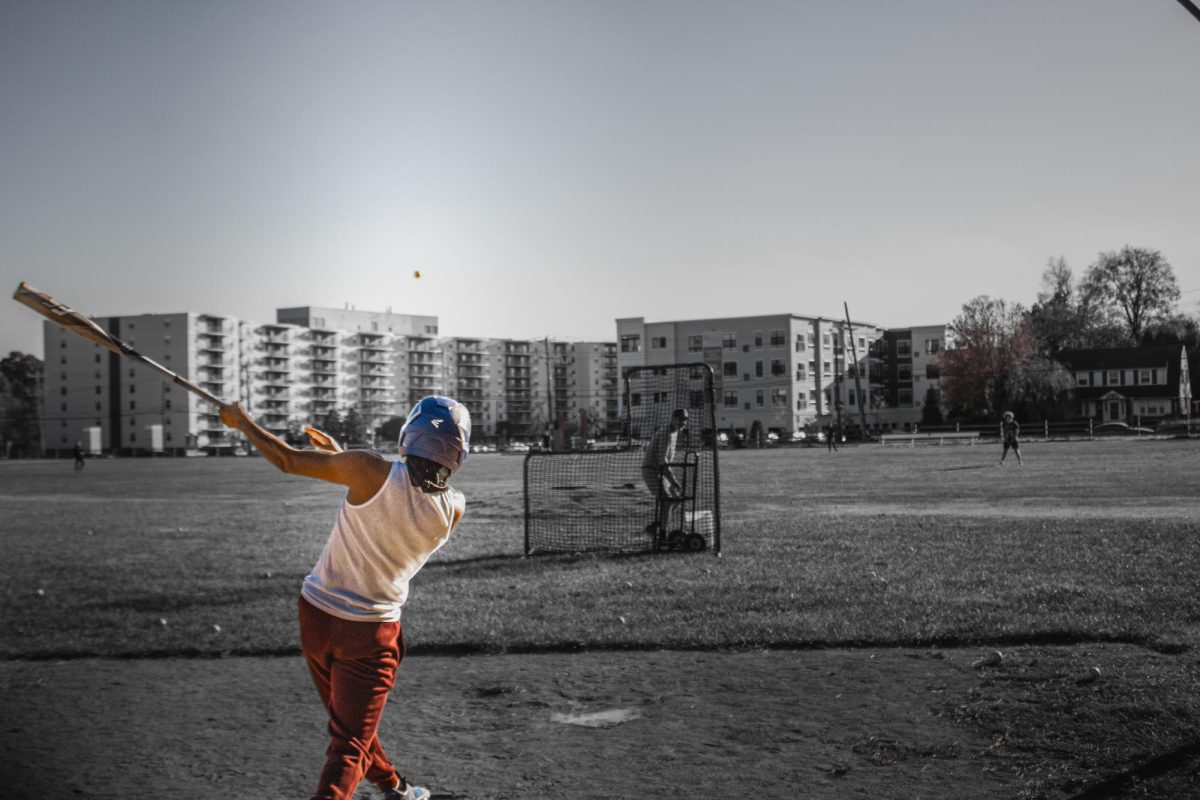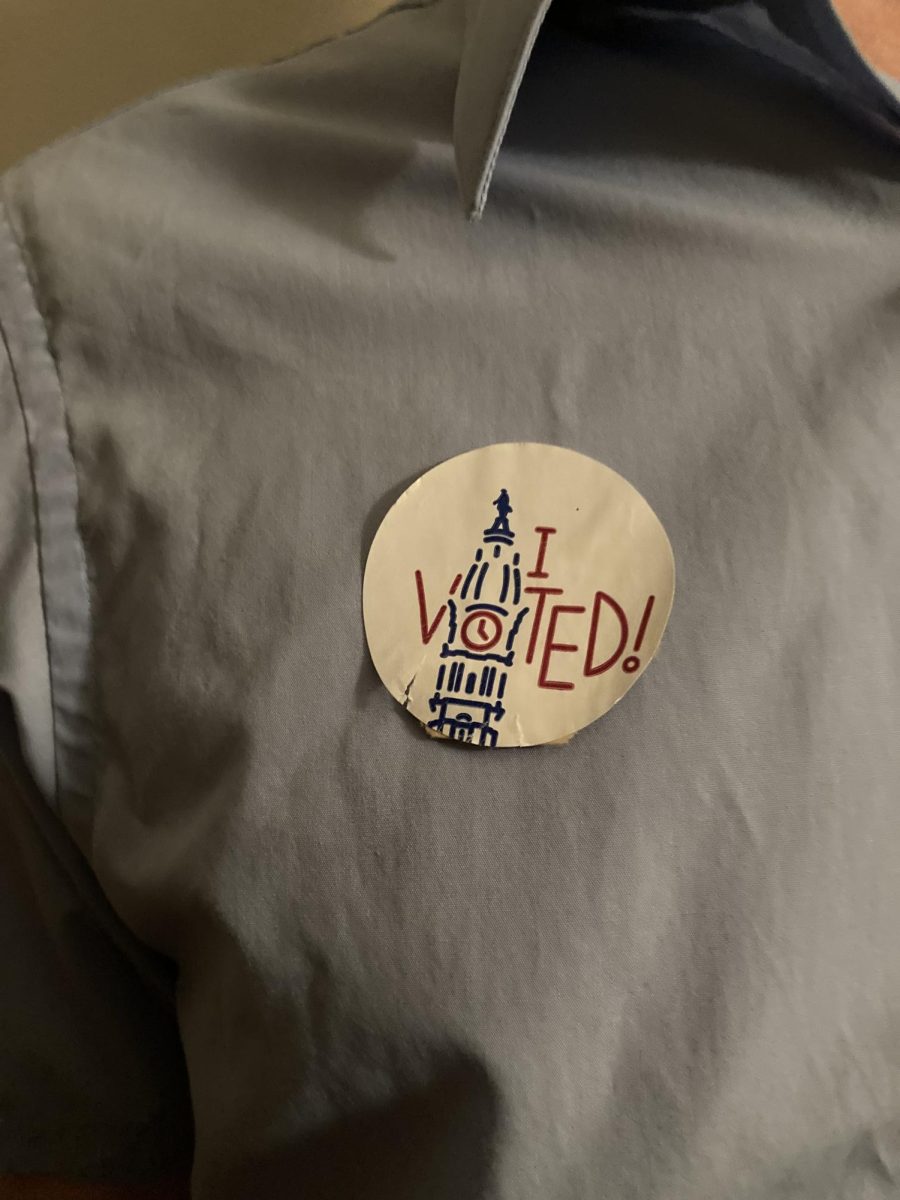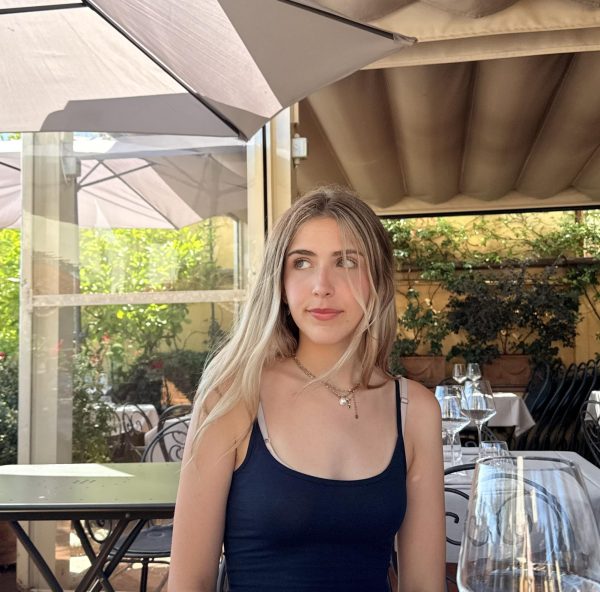On Friday, April 12, AFS hosted its first-ever Multicultural Night, featuring about 20 booths displaying everything from flavorful Mexican candies to family photos to homemade cultural dishes. This vibrant event, held in the Berman Gymnasium, was filled with engaging conversations and discourse, with guests of all ages gathering to ask inquisitive and sincere questions – parents, elementary kids, and grandparents.
Priyal Sanathara ‘25 hosted a table showcasing her Indian culture. She spoke about how growing up in a predominantly white area without many opportunities to talk about her culture led to shying away from that aspect of her identity.
“I feel like it is really important for my own self-love to be able to talk about it and express my own love for it and hopefully share my love with others,” Sanathara said. “I also love thinking about the similarities between different peoples’ cultures.”
She recounted a conversation with one visitor to her booth. The two of them compared the significance of the marigold in Indian and Mexican culture, where it is central to the Day of the Dead, or Día de Los Muertos.
This overlap of cultures extended to deeper themes of shared humanity. No matter how different each student’s background was, their cultures were based on the same core values; belonging, family, and tradition.
Nalani James ‘28 and her family decorated the tables with Jamaican flags and a framed photo of Bob Marley, and they offered visitors sweet plantains.
“The importance of multicultural night for me is the sort of sharing everyone’s culture and really getting to know each other better and really recognizing everyone’s communities,” James said.
Roughly every other year, Gabriela Puntel ‘25 visits Latvia, a country on the Baltic Sea where her mother was born. Puntel offered piragi or “speķa rrauši” (a homemade pork bun) and described the country’s pagan traditions associated with the summer solstice. It was important to her mother to connect Puntel and her brother to these customs.
“We make wreaths out of flowers and jump over the fire and sing songs,” she said. “I really like learning about those things and being able to do them.”
Yassmine Wardigee ‘27 and Leila Cohen ‘26 both wore traditional Moroccan outfits called kaftans. Wardigree said the style had come to Morocco from Persia and the Ottoman Empire. She has visited all the country’s major cities.
“It’s really nice to be able to go there and connect with my ancestors and see what life was like for my family,” Wardigee said. “In Morocco, life is more about simplicity, which is nice to see.”
Cohen said she was happily surprised that people were asking questions about their boards and expressing genuine interest.
“Usually people don’t care as much, because there isn’t a dedicated time,” she said. “There’s conscious communities, but that kind of separates us, and now we have this space to show what we’ve been doing in those groups.”
For Dean Sadowski ‘27, his Puerto Rican heritage comes into focus in family gatherings and celebrations.
“When people’s birthdays are celebrated, they take it seriously,” he said. “It’s like a party-party, and they treat you right with lots of food!”
Sadowski also talked about some classic Latin American favorites including arroz con gandules (rice and pigeon peas), tostones (fried green plantains), and empanadas (pockets stuffed with meat, vegetables, cheese, or sweets).
Gabriela Cordon ‘27 and Nelson Cordon ‘25 offered some of their favorite Guatemalan treats, including rellenitos de plátano, (a plantain and sweet bean fried dessert) and espumillas (a sweet meringue) as well as bocado de reinas (a cake made from bread and condensed milk) and milojas (a sweet stacked puff pastry).
“It’s important to share our culture with other people and show there’s a lot more than what meets the eye to Guatemala,” Nelson said. “I’m sure some people don’t even know what Guatemala is.”
Visits to relatives are active and vibrant.
“We ride horses at 6 AM, and there’s a lot of colorful culture in there, in the fashion and everything,” Gabby said, describing a “sense of family that is inherent in Hispanic culture, that you don’t find as much here.”
Hannah Rozenbaum ‘24, one of the event’s key organizers, said that as a child she initially felt disconnected from her parents’ immigrant culture, because she didn’t speak their native languages. Then her elementary school hosted a Multicultural Night. The event was eye-opening – and became one of her favorite memories.
“[It] helped me learn more about my culture and feel more connected to my family and their childhoods and gain a deeper perspective of the world,” Rozenbaum said. “So it was really special to me, and I wanted to bring those same benefits to the AFS community.”
To encapsulate the school’s diversity, she and co-organizers Julia Marczak ‘24 and Hannah Furda ‘24 worked with Andrew Bickford, faculty advisor of the First Generation/Immigrant Affinity Group, to organize a multicultural night.
Rozenbaum said she hopes Multicultural Night will become a new AFS tradition.
